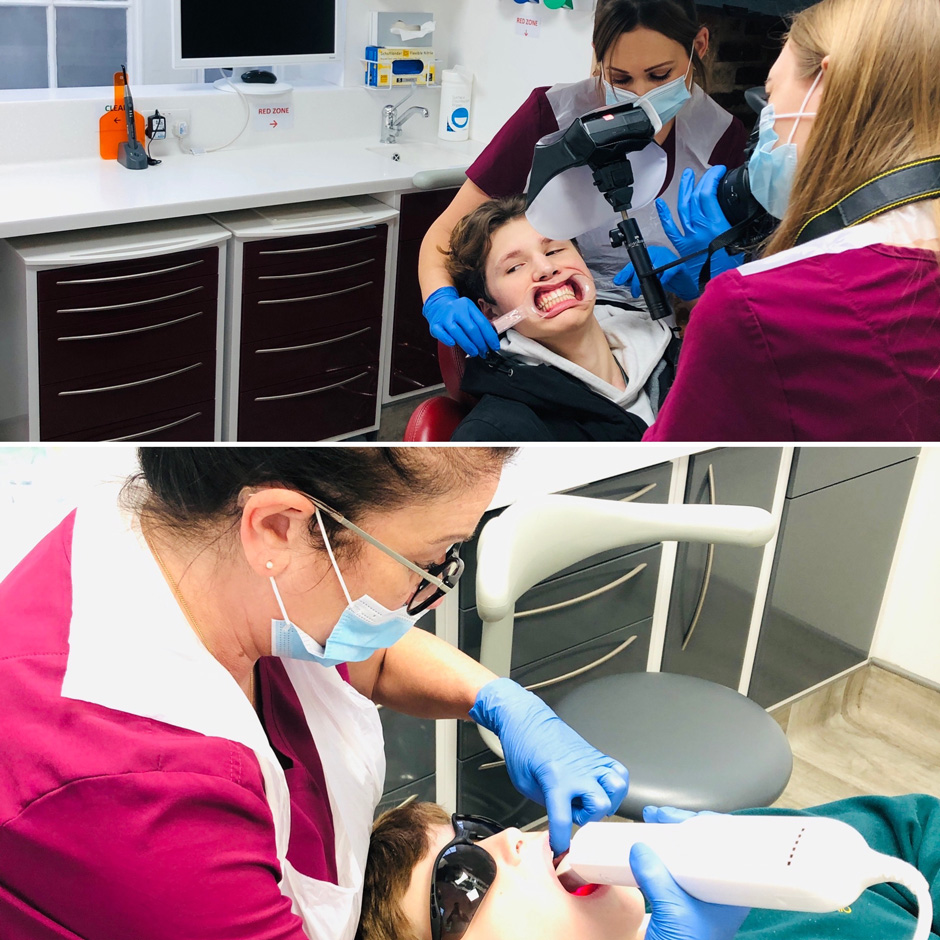Bespoke dentistry
in Royston
With over 30 years of experience, Royston Dental Care is your trusted team of professionals offering a range of specialist dentistry solutions.
With over 30 years of experience, Royston Dental Care is your trusted team of professionals offering a range of specialist dentistry solutions.

Our dental clinic in Royston is equipped with the latest, cutting-edge technology, including a brand new surgical and implant surgical suite, restorative suite, orthodontic and root canal suite, and hygiene suite.
Let us welcome you to our specialty clinic with a free consultation or a low-cost in-person visit with an experienced Specialist.
